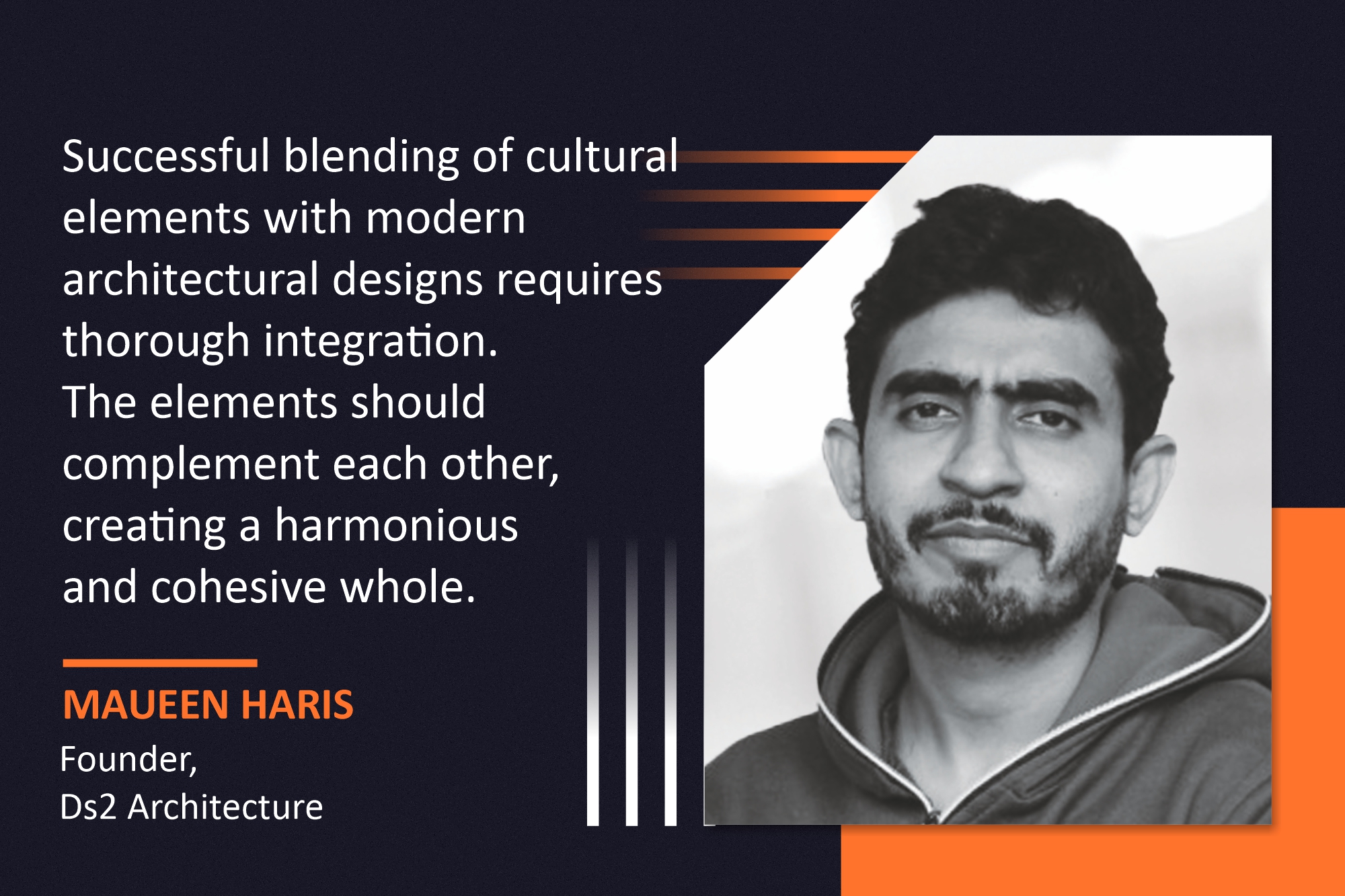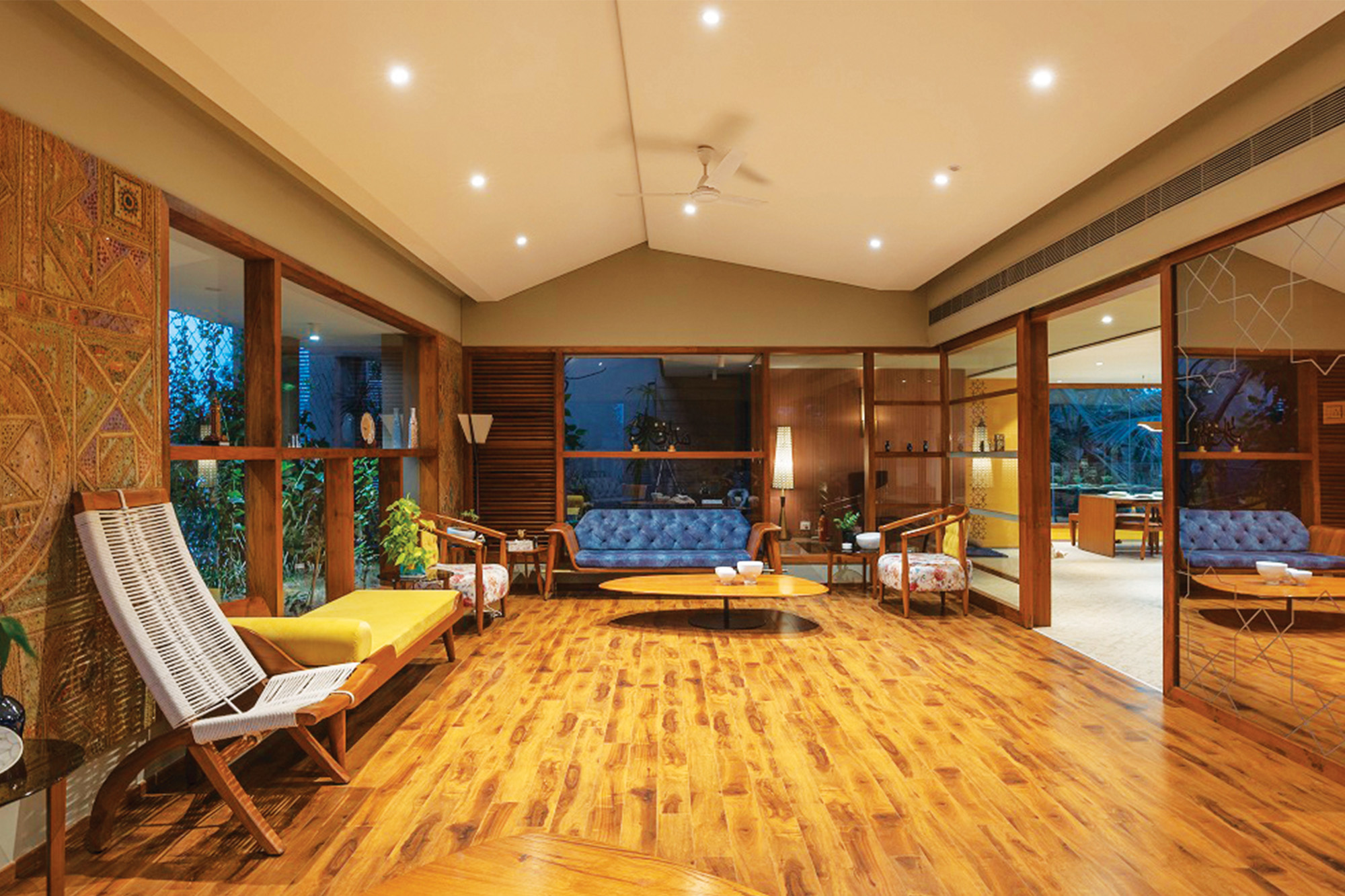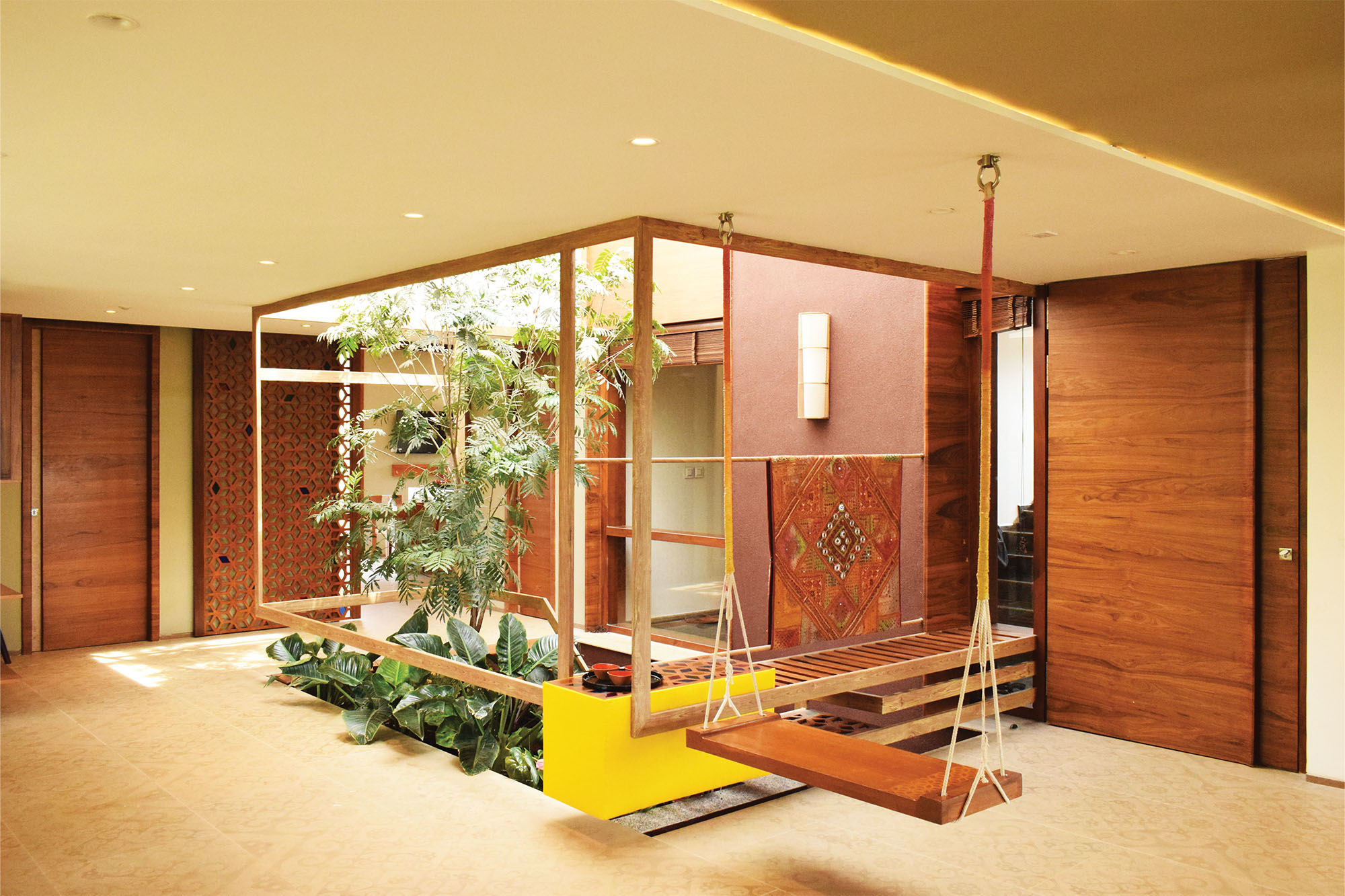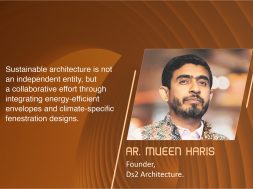Architectural designs shaped by technology and sustainability

This discussion delves into how technology, sustainability, and adopting local cultural elements can unveil purposeful architectural designs.
What are your thoughts about blending cultural elements with modern architectural designs in your projects?
Authenticity is crucial when blending cultural elements with modern architectural designs. I ensure the integration is genuine and reflects the original context and culture. This may involve incorporating traditional materials, patterns, or symbols in a way that aligns with modern design principles. By maintaining authenticity, I create designs that resonate with both cultural and contemporary audiences.

How challenging is it to balance aesthetics and functionality?
When designing anything, it is important to balance aesthetics and functionality. Both aspects play a crucial role in creating a successful and appealing design. I design with the user in mind by reviewing their needs and expectations and creating designs that meet aesthetic and functional requirements. One such project is the Davis Road apartment in Bangalore, an impressive amalgamation of aesthetics and function, cultures and contexts, construction nuances, and impeccable user experience. Combining Indian aesthetics with modern sensibilities creates a harmonious, intuitive experience.
How do you visualise the role of technology in shaping the future of architectural designs?
Technology has brought numerous advancements and improvements that have revolutionised how architects approach their projects. Technology integration in architectural design has contributed to developing sustainable and environmentally friendly designs. With the increasing focus on energy efficiency and resource conservation, architects can leverage green building technologies to optimise building performance. From solar panels and green roofs to smart building systems and adaptive facades, technology enables architects to create aesthetically appealing and sustainable buildings.

How do you ascertain sustainability through your design philosophy?
Sustainability is a crucial consideration in the design field, as it aims to minimise environmental negative impacts and promote long-term ecological balance. The architectural profession in India has evolved significantly over time, and it has been influenced by several architects who have embraced their cultural heritage. As a result of this evolution, the country’s architectural landscape has been enriched, and its identity has been shaped. Traditional Indian architecture consists of simple but elegant structures, intricate craftsmanship, and locally available materials. That is our clear attempt to attain sustainability in every project.
According to you, what are the important factors to consider while selecting materials to ensure project sustainability?
Selecting materials from recycled content promotes resource efficiency and minimises the consumption of virgin materials. It also contributes to reducing the environmental footprint associated with extraction and processing. We are always mindful that the materials we use are easily recyclable. This ensures that waste materials are reprocessed and reused, minimising the need for resource extraction and reducing waste generation.
For more details, visit: https://www.ds2.in/
Cookie Consent
We use cookies to personalize your experience. By continuing to visit this website you agree to our Terms & Conditions, Privacy Policy and Cookie Policy.










